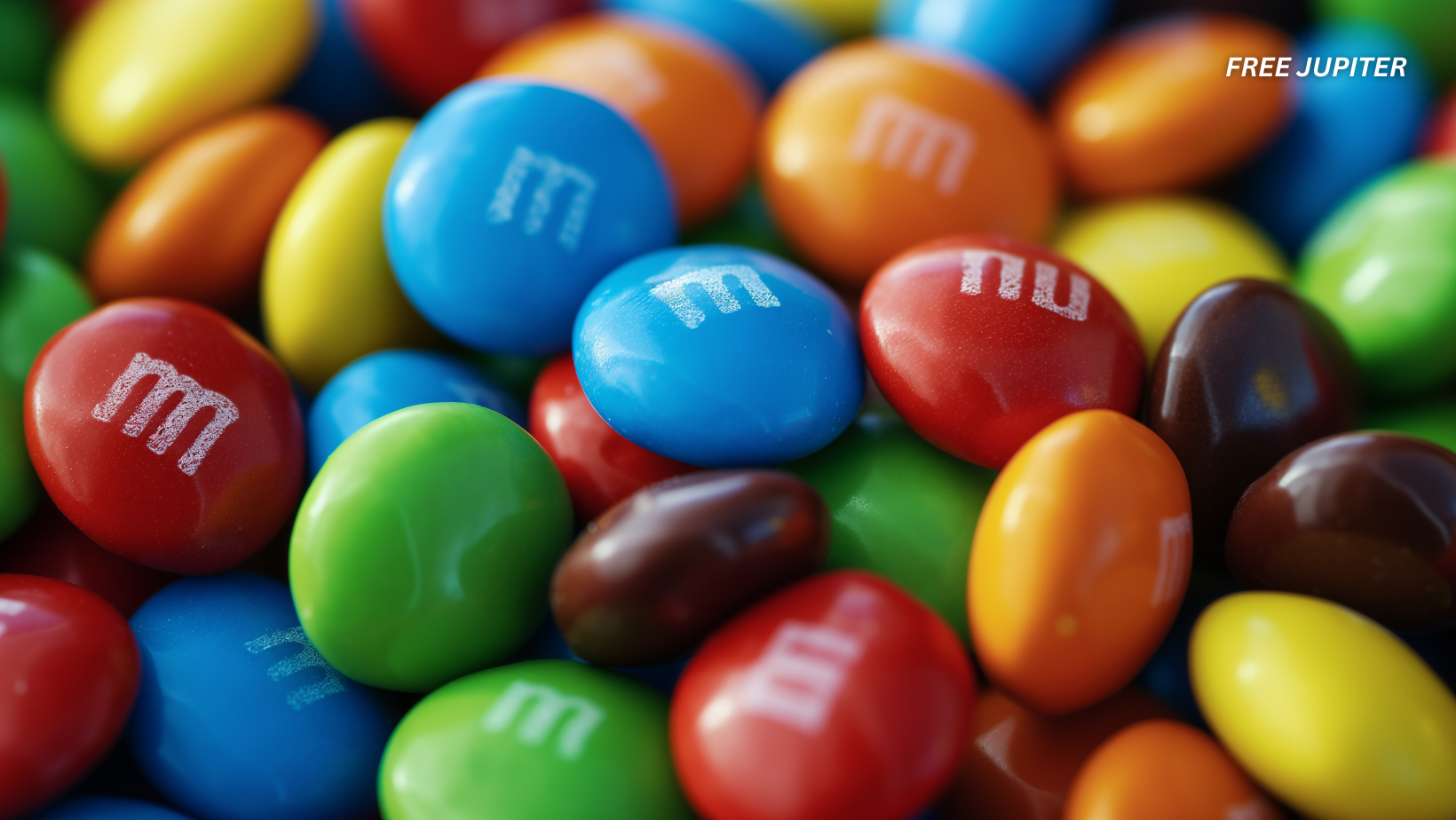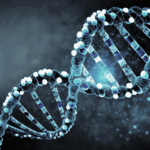For decades, candy has been a feast for the eyes as much as for the taste buds. The vibrant rainbow of Skittles, the cheerful shells of M&M’s, the glossy wrappers of Starburst—all of these treats have leaned heavily on artificial dyes to make them pop on store shelves. But soon, that rainbow will be painted differently.
Starting in 2026, Mars Wrigley—the maker of some of the world’s most popular confections—will begin removing synthetic food dyes from select products sold across the United States. It’s a bold move that reflects a growing trend in the food industry: a shift away from artificial additives in favor of natural alternatives.
The first products to undergo this colorful transformation will be M&M’s Chocolate, Skittles Original, Extra Gum Spearmint, and Starburst Original fruit chews. From there, the company plans to expand dye-free formulas across other lines.
Why Are Artificial Dyes in the Spotlight?
Artificial food dyes, often referred to as FD&C colors (short for Food, Drug & Cosmetic Act colors), have been used in the U.S. food system for over a century. These dyes are typically petroleum-based and give products a bright, uniform appearance that natural sources sometimes can’t replicate.
Think about the deep red of a strawberry-flavored candy or the neon green of a sour gummy worm—those colors don’t come from fruit juice, but from lab-created pigments like Red 40 or Yellow 5.
While regulators such as the U.S. Food and Drug Administration (FDA) have deemed these dyes safe in limited amounts, public debate has simmered for years. Some studies have suggested potential links between synthetic dyes and behavioral issues in children, though results remain mixed. Meanwhile, consumer groups argue that if safer, natural options exist, why rely on petroleum-derived chemicals at all?
This mounting pressure has pushed both regulators and food companies to rethink their reliance on artificial colors.
Read more: NYC Woman Finds 2.3-Carat Diamond At Arkansas State Park—Plans to Use It for Engagement Ring
The Consumer Push for Cleaner Labels
Today’s shoppers are more ingredient-savvy than ever before. Grocery store aisles are filled with products boasting labels like “made with real fruit,” “non-GMO,” or “no artificial flavors or colors.” What was once a niche health-food trend has gone mainstream.
Parents, in particular, have become vocal about wanting snacks for their kids that are free of questionable additives. For companies like Mars Wrigley, which caters to a global audience of candy lovers, meeting these consumer demands has become both a challenge and an opportunity.
Anton Vincent, president of Mars Wrigley North America, explained that the company’s approach is “consumer-focused and science-led.” In practice, that means balancing three things:
- What shoppers want (natural, transparent ingredients),
- What science confirms (safe and stable alternatives), and
- What manufacturing requires (solutions that can be scaled to millions of products worldwide).
In other words, it’s not just about swapping out one color for another—it’s about making sure candies look, taste, and feel the same, while also meeting safety and production standards.
The Industry-Wide Movement
Mars Wrigley isn’t the only giant making this pivot. Other major food brands have announced similar changes in recent months.
- Kraft Heinz and General Mills said in June they would begin removing artificial dyes from some products within the next two years.
- Nestlé USA, PepsiCo, ConAgra, McCormick, The Hershey Company, and J.M. Smucker have also taken steps toward phasing out synthetic colors.
This collective shift suggests the industry sees not just consumer demand, but also regulatory winds blowing in the same direction.
Read more: NASA’s Juno Spacecraft Could Intercept Interstellar Visitor 3I/ATLAS As It Passes Near Jupiter
The Role of Government and Regulators
Health and Human Services Secretary Robert F. Kennedy Jr. has been outspoken about the risks of synthetic dyes. As part of his “Make America Healthy Again” initiative, Kennedy has pushed for tighter regulations and a gradual phase-out of petroleum-based colorings.
In his words:
“For too long, our food system has relied on synthetic, petroleum-based dyes that offer no nutritional value and pose unnecessary health risks. We’re removing these dyes and approving safe, natural alternatives—to protect families and support healthier choices.”
The FDA has also taken steps by approving three new color additives from natural sources that companies can use in products ranging from chewing gum to breakfast cereal. At the state level, multiple legislatures have passed laws banning artificial dyes in school lunches, signaling that the pressure isn’t just coming from Washington—it’s also local.
A Peek Behind the Candy Curtain: How Hard Is It to Go Natural?
It may sound simple: just replace artificial dyes with natural ones. But in the world of large-scale candy making, things are rarely straightforward.
Natural colors come from sources like beets, turmeric, spirulina, paprika, and even purple carrots. While these options are considered safe and widely used, they aren’t always as stable as synthetic dyes. Heat, light, and even pH levels can alter their appearance, making it tricky to maintain the same bright shades people expect.
For example:
- A beet-based red may fade over time.
- A turmeric yellow might lean more orange when exposed to heat.
- A spirulina blue could look duller than its artificial counterpart.
This means candy makers need to spend years testing and fine-tuning recipes to ensure that “new” versions of classics like Skittles or M&M’s still deliver the same iconic look and flavor experience.
A Brief History of Food Dyes
Artificial food dyes first became common in the late 19th and early 20th centuries, when chemists discovered ways to synthesize bright, consistent colors from coal tar and later petroleum. By the mid-1900s, they had become standard in candies, cereals, sodas, and baked goods.
But the history of food dyes is also peppered with controversy. Over the decades, dozens of synthetic dyes have been banned after being linked to health concerns, leaving only a handful in use today. Red No. 3, for instance, was once common but was banned in cosmetics and some foods in the 1990s after being linked to thyroid issues in animal studies.
The push for natural dyes is, in many ways, the latest chapter in this ongoing story: an evolution from synthetic solutions back to plant-based ones, but with modern science to ensure safety and consistency.
How Will This Affect Candy Lovers?
For the average person tearing open a pack of Skittles or M&M’s, the shift will probably feel… pretty underwhelming. And that’s exactly the goal.
Mars Wrigley has emphasized that its scientists are working to ensure the candies taste the same, look the same, and last just as long on store shelves. The only difference will be the source of the color. If all goes well, most consumers may not even notice the transition.
Still, some subtle differences may appear. The shades might be slightly less neon or glossy, leaning closer to the hues found in nature. Instead of a highlighter-yellow Skittle, you might see a softer lemon tone. But for many shoppers, that’s a trade-off worth making.
Read more: A Brain Chip Can Now Read Human Thoughts With 74% Accuracy
A Future Full of Natural Colors
The removal of synthetic dyes from candy may seem like a small change in the grand scheme of food policy, but it represents a larger cultural shift. Consumers are no longer satisfied with products that are simply fun or tasty—they want foods that align with values like transparency, health, and sustainability.
For candy lovers, this means that the rainbow-colored treats of tomorrow may come from beets, berries, and plants rather than test tubes. And while it may take some trial and error, the end result could be a food system that feels a little more natural and a little less industrial.
So, the next time you “taste the rainbow,” it may be one painted by nature itself.










